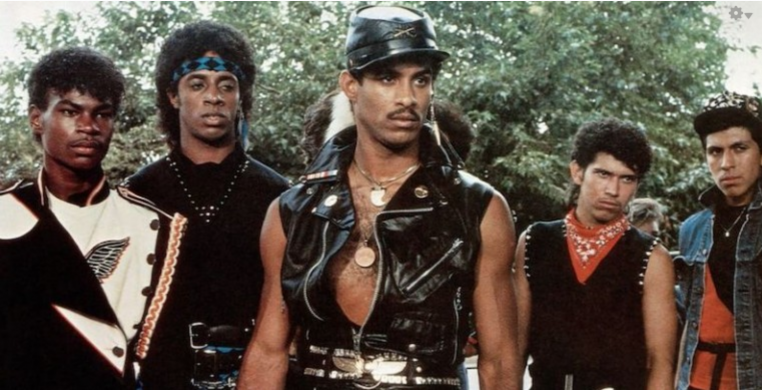I audibly gasped on Dec. 30, 2020, when the Chicago Sun-Times reported the sudden death of choreographer and street dance legend Adolfo "Shabba Doo” Quiñones in Los Angeles. He was 65 years old. That same day, Toni Basil—singer, dancer and cofounder of L.A. street dance troupe The Lockers—also posted an announcement on her Facebook page: “It is with extreme sadness the Lockers family announces the unexpected passing of our beloved Adolfo Shabba-Doo Quinones. In this difficult time we are requesting privacy.”
Born in 1955, Quiñones was a proud Afro-Latino Chicago native who grew up in Chicago Housing Authority public housing. He was an early Soul Train dancer (in both Chicago and L.A., with his sister Fawn) and co-founder of The Lockers (with Basil, Don “Campbellock” Campbell, Fred "Rerun" Berry and others). Soon after, Quiñones evolved into an in-demand choreographer working on videos and tours with the likes of Lionel Richie, Chaka Khan and Madonna. Quiñones also added actor to his resume, playing 'Ozone' in the quintessential 1980s dance movie franchise "Breakin" and "Breakin' 2: Electric Boogaloo.”
Among Chicago's street dance community, there has been an outpouring of online tributes and remembrances of Shabba Doo and his work.
"Shabba Doo was our teacher, and we still have so much to learn,” said Brittany Harlin of the Egun Artist Collective in a statement to See Chicago Dance. “The underground scene, hip-hop, funk—the language of social dance and dance born outside of a studio or the capitalistic gaze—we have, in large part, him to thank."
As a lifelong Chicagoan and Black Gen X-er, I fondly remember seeing the Lockers' performances on TV. As a pre-teen, my younger sibling and I were consumed by the then-burgeoning culture called hip-hop; we even had our own neighborhood dance crew (my featured move was an epic knee spin). Traveling downtown from South Shore on the CTA with our crew to catch a Saturday matinee of "Breakin" at the Chicago Theater (before it was restored to a live performance venue) remains one of my most cherished childhood memories.
Acclaimed local street dancer Daniel “Bravemonk” Haywood met Quiñones in 2013 during a weekend dance workshop in Chicago. “Shabba-Doo was full of wisdom, awareness, vision and purpose,” Haywood said in a statement. “I remember him saying, ‘I got my style and soul from Chicago, and learned showbiz in Cali.’ I was awed at his versatility, grace, technique, energy and stamina. At 58, he out-danced youth in their teens, from Funk dances to Locking and Shway style (Shabba-Doo's original style of Waackin').”
Just one day before his sudden death, Quiñones shared on his social media that although he had been feeling under the weather, he had received a negative COVID-19 test result days before. On Jan. 16, TMZ.com reported that a private hybrid ceremony was held for family and friends in Los Angeles that same date. According to TMZ, the listed cause of death is arteriosclerotic cardiovascular disease, or clogged arteries.
Quiñones' cultural impact and global legacy in dance were undeniably forged from the resilience and creativity nurtured during his civil rights-era Chicago upbringing. In a 1990 interview with the Chicago Sun-Times, Quiñones summarized his influential, intuitive style: “I’m self-taught, and therefore everything I do is what feels right to me. Trained dancers may have a difficult time figuring out why I do things the way I do. But for me, my style has worked. It’s the only way for me.”

